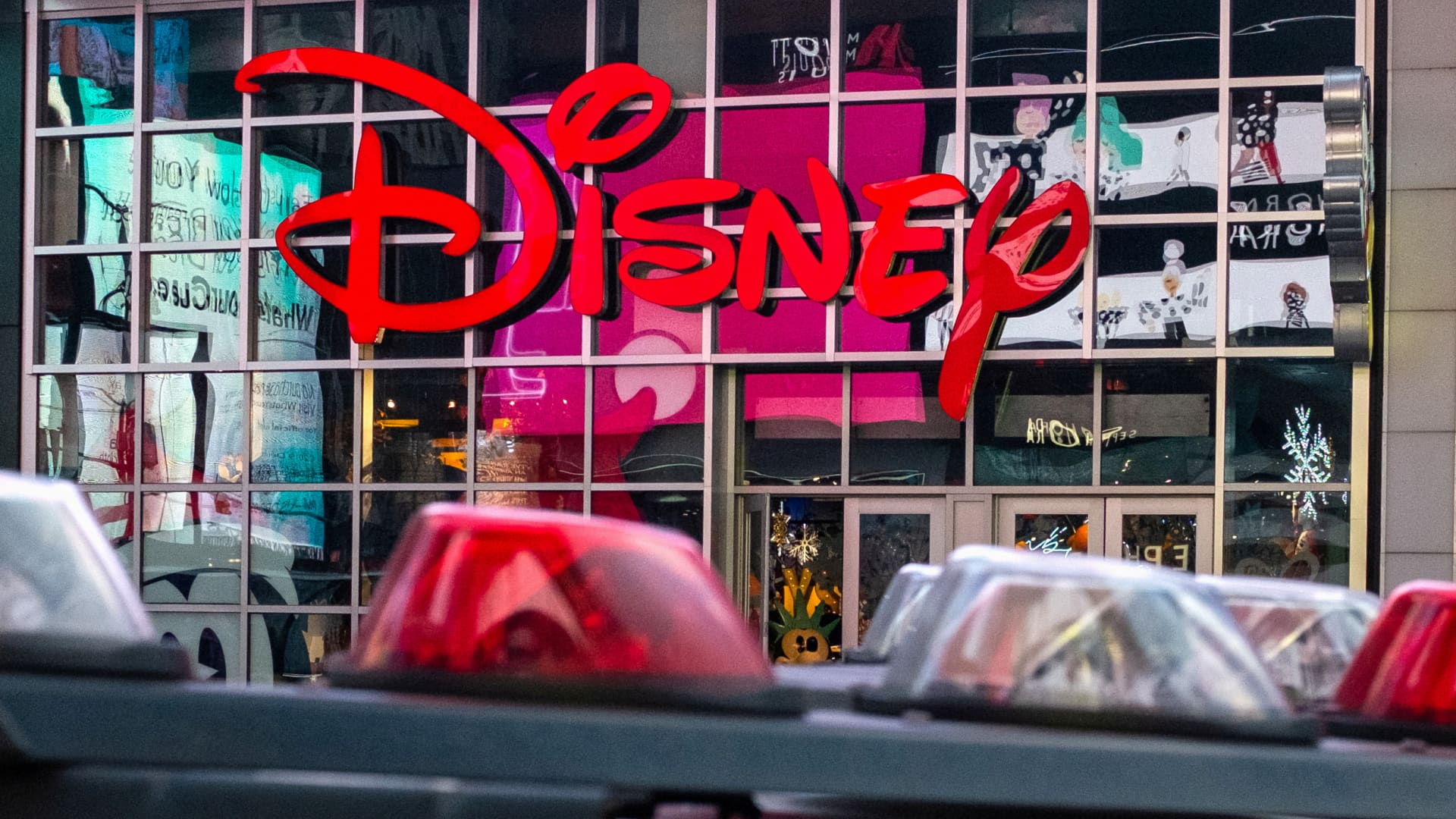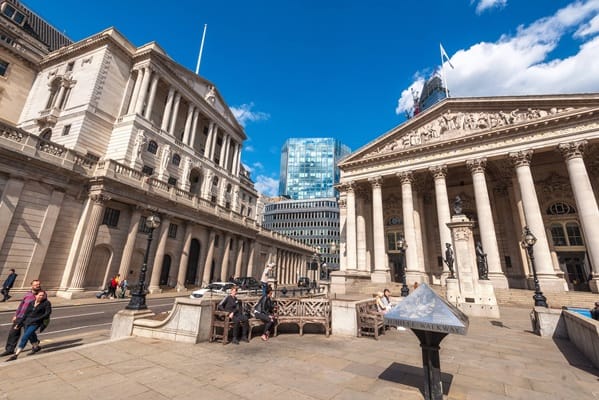The U.S. consumer has shown resilience in 2024 and off-brand retailer Ross Stores has benefited. I feel like the stock has gone too far, too fast, however, and provide an options trade that wins if the shares pull back. Retail sales figures for June came in better-than-expected on Tuesday, the latest evidence of a strong consumer. Ross (ROST) has benefited significantly from this trend, with its stock rising by 20% over the past two-and-a-half months. Unlike the tech-heavy Magnificent 7 stocks driven by the AI boom, ROST typically doesn’t experience rapid price movements, making this 20% increase noteworthy over such a short period. Stocks rarely go up in a straight line, and despite ROST’s impressive performance, it is facing resistance after reaching new 52-week highs on July 12. I am considering a bearish trade on ROST, supported by the following technical indicators: Relative Strength Index (RSI): The RSI is used to measure the strength of a stock’s price trend. From July 3 to July 12, ROST saw a significant rally, reflected by a sharp increase in the RSI. However, starting on July 12, the RSI began to decline rapidly, signaling a potential loss in upward momentum and suggesting a possible trend reversal. Directional Movement Index (DMI): The DMI helps identify the direction of the trend. Typically, when the DI+ (green line) is above the DI- (red line), it indicates an uptrend. However, a change in the direction of these lines can signal a trend shift. Beginning on July 12, both the DI+ and DI- lines sharply reversed, confirming a bearish momentum. Support and Resistance: Using basic support and resistance concepts, we can identify short-term resistance around the 150 level. ROST is currently encountering selling pressure at this level, further supporting a bearish outlook. The Trade The trade strategy I’m employing here is known as a “bear put spread.” You might also encounter it referred to as a “put debit spread” or “long put spread” on various trading platforms. With ROST trading around $148.08, my plan is to buy an at-the-money (ATM) put spread. For an ATM put spread, I like to position the price between my strike prices. Regardless of ROST’s current trading price, my long strike will be set above the current price, and the short strike will be positioned below it. Here is my exact trade setup: Bought $149 put, Aug 2nd expiry Sold $148 put, Aug 2nd expiry Cost: $50 Potential Profit: 50 (add more contracts to increase risk/reward) If ROST trades at or below my short strike by the expiration date, this trade can yield a 100% ROI on the amount risked. With 50 contracts, this equates to risking $2500 to potentially gain $2500. -Nishant Pant Founder: https://tradingextremes.com Author: Mean Reversion Trading Youtube, Twitter: @TheMeanTrader DISCLOSURES: (Nishant has a ROST 149-148 put spread on ROST expiring on 8/2/24.) All opinions expressed by the CNBC Pro contributors are solely their opinions and do not reflect the opinions of CNBC, NBC UNIVERSAL, their parent company or affiliates, and may have been previously disseminated by them on television, radio, internet or another medium. THE ABOVE CONTENT IS SUBJECT TO OUR TERMS AND CONDITIONS AND PRIVACY POLICY . THIS CONTENT IS PROVIDED FOR INFORMATIONAL PURPOSES ONLY AND DOES NOT CONSITUTE FINANCIAL, INVESTMENT, TAX OR LEGAL ADVICE OR A RECOMMENDATION TO BUY ANY SECURITY OR OTHER FINANCIAL ASSET. THE CONTENT IS GENERAL IN NATURE AND DOES NOT REFLECT ANY INDIVIDUAL’S UNIQUE PERSONAL CIRCUMSTANCES. THE ABOVE CONTENT MIGHT NOT BE SUITABLE FOR YOUR PARTICULAR CIRCUMSTANCES. BEFORE MAKING ANY FINANCIAL DECISIONS, YOU SHOULD STRONGLY CONSIDER SEEKING ADVICE FROM YOUR OWN FINANCIAL OR INVESTMENT ADVISOR. Click here for the full disclaimer.








